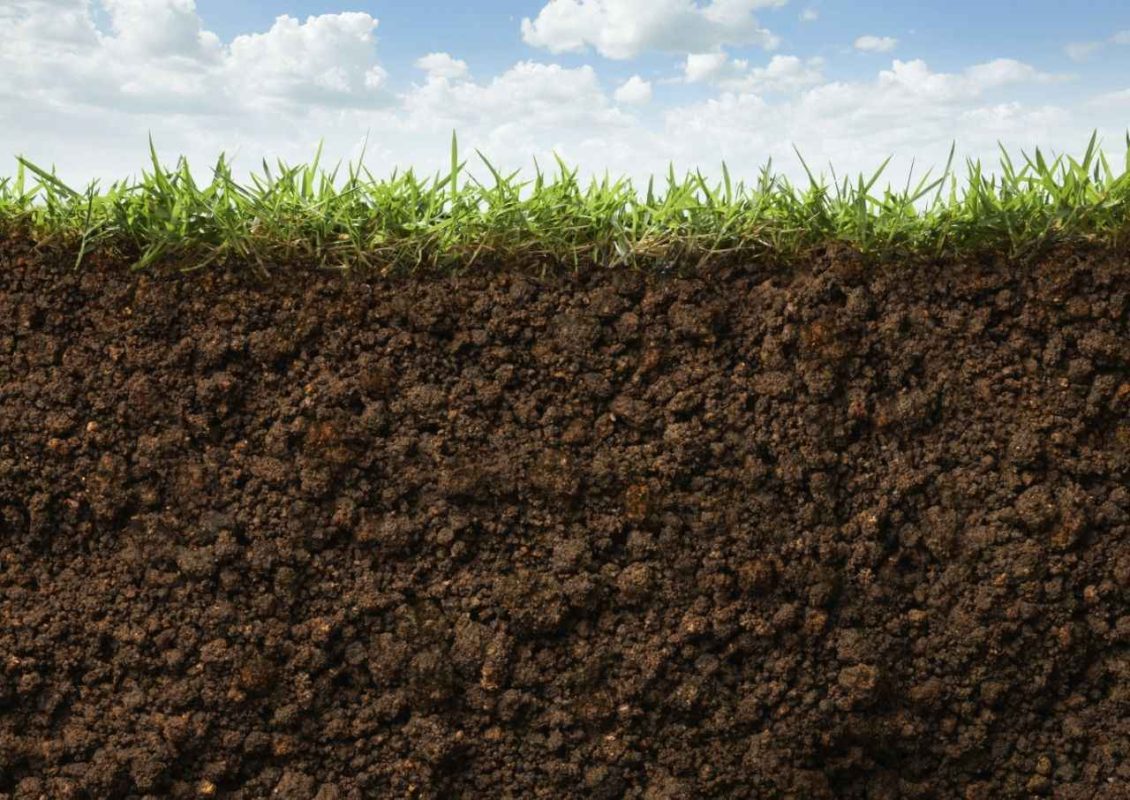YETRAC
Optimizing Soil pH: Methods and Materials for Lowering pH Levels
Optimizing Soil pH: Methods and Materials for Lowering pH Levels
In arid and semi-arid regions, certain crops grown in soils with high levels of CaCO3 and Na2CO3 originating from the parent material may require the lowering of soil pH. Soils in these areas often contain significant levels of lime. Depending on the soil’s salt concentration and/or sodium content, pH can be higher in calcareous soils, typically exceeding 7.2. Areas with annual total rainfall below 500 mm may have surface soils containing lime. As one moves from semi-arid to more humid regions with increasing annual total rainfall, the depth of soil with CaCO3 also increases. Typically, in areas where annual total rainfall exceeds 750-1000 mm, soils do not contain free lime at root zone depth.
Lowering soil pH is possible by adding acid or acid-forming substances to the soil, which neutralize or dissolve the measurable lime content. However, in many cases of field crop cultivation, neutralizing CaCO3 to lower soil pH is not a practical method. As shown in the calculation example below, a substantial amount of elemental sulfur (S) would be required to neutralize a soil containing only 2% CaCO3 at a depth of 15 cm:
- 2% CaCO3 means 2 g of CaCO3 in 100 g of soil.
- This equals 40 meq of CaCO3 (1 meq = 50 mg) in 100 g of soil.
- To neutralize 40 meq of lime, you would need 40 meq of sulfur (S0).
- 1 meq of S0 equals 16 mg, so for 40 meq of S0, you would need 640 mg of S0 for 100 g of soil.
- For 1000 g (1 kg) of soil, you would need 6.4 g of elemental S0.
- To meet the requirement for 225,000 kg of soil per hectare, you’d need 1.44 tons of S0.
As this example demonstrates, neutralizing lime content of 2% in surface soils to lower pH would require 1.44 tons of elemental sulfur per hectare.
Land leveling practices for irrigation and other purposes can often lead to the exposure of subsoil with high lime content and high pH levels. The issue of high soil pH is not limited to dry and semi-arid regions. In some areas, such as rice cultivation, acidification or pH reduction of field soils has resulted in increased rice yields. In humid regions, farmers may over-lime their fields or lime dust from roads with limestone stabilization can be blown onto fields, leading to excessive localized increases in pH. In other cases, for crops like potatoes, azaleas, rhododendrons, camellias, and pine seedlings, soil acidification or pH reduction may be necessary for optimal production. The basic chemistry of reducing soil pH is the same as the principles for soil liming, and various acidic or acid-forming substances can be used for this purpose.
Substances Used for Lowering Soil pH
Elemental Sulfur (S0):
Elemental sulfur is the most effective substance used to lower soil pH. Every molecule of sulfur applied and oxidized produces 2 moles of H+, which lower soil pH. Because microbial oxidation reactions can be slow, especially in cold and alkaline soils, finely ground sulfur should be applied to the soil a few months before planting. In some cases, to improve water infiltration and micronutrient availability, it may be recommended to acidify a soil band near the root zone. Both granular and dispersed or suspension forms of elemental sulfur can be used to lower pH when applied to the soil. When applied in bands, the required amount of sulfur is minimal compared to the rate needed for broadcast application.
Sulfuric Acid:
Sulfuric acid is used to improve soils with problems related to sodium and boron, resulting in increased phosphorus and micronutrient availability, reduced ammonia volatilization, improved water infiltration, control of certain weed seeds and soil pathogens, and forage establishment. Sulfuric acid can be applied directly to the soil, but its use requires specialized equipment because of the difficulty and hazard in handling the substance. Sulfuric acid can also be applied to the soil by dripping onto the surface or using a device with application blades, similar to ammonia application. In a furrow irrigation system, sulfuric acid can be mixed with the irrigation water. Sulfuric acid’s advantage is that it reacts rapidly in the soil.
Ammonium Polysulfide (NH4Sx):
Liquid ammonium polysulfide is used to lower soil pH and improve water infiltration in irrigated saline-alkali soils. It can be applied 7.5-10.0 cm away from the seed row in furrow or in-furrow irrigation systems. When applied through irrigation water, band application is more effective in correcting micronutrient deficiencies. After application, the polysulfide compound breaks down into ammonium sulfate and colloidal S0. The S0 and S-2 ions eventually oxidize into H2SO4. Potassium polysulfide compounds have also been developed for the same purpose.
Reference: Guzel, N., Gulut, K.Y., & Buyuk, G. 2002 Soil Fertility and Fertilizers. C.U. Faculty of Agriculture, General Publication No:246, Textbooks Publication No: A-80, p. 89-94, Adana.

